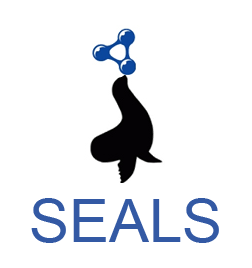

UMLS Metathesaurus [1] (2009AA) has been selected as the basis for the track reference alignments. Although the standard UMLS distribution does not directly provide sets of "mappings" (in the OAEI sense) between the integrated ontologies (e.g. FMA, NCI and SNOMED CT), it is relatively straightforward to extract mapping sets from the information provided in the MRCONSO.RRF distribution file (see [2] for details).
It was noticed, however, that the integration of the (formally represented) UMLS mappings together with the input ontologies was leading to numerous unsatisfiable classes [2].
In the OAEI 2012 we have considered two refinements of the UMLS mappings that do not lead to (many) unsatisfiable classes.
Note that LogMap and Alcomo use incomplete techniques and the refined reference alignment may still lead to unsatisfiable classes when integrated with the input ontologies.
Please consider citing [1-4] when you use the UMLS-based reference alignments.